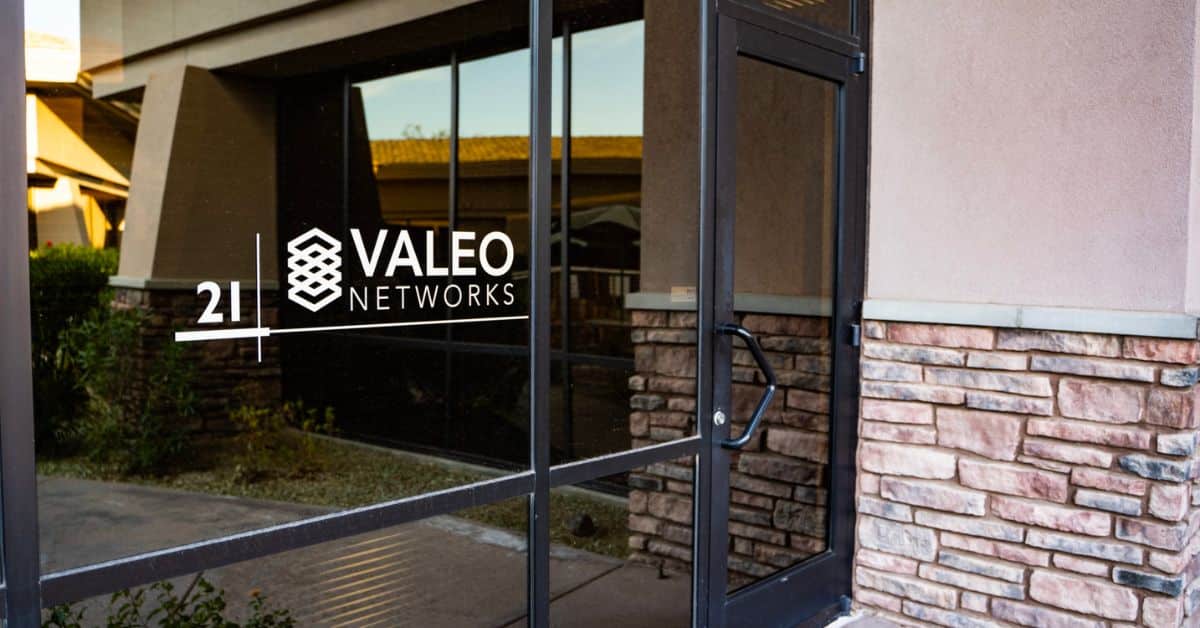How Ransomware Attackers Will Start Targeting Household Items, Like Your Smart TV
For those who are not familiar with ransomware or how it works, it is a kind of malware that locks critical digital resources and forces the owner to...
1 min read
Valeo Networks : Jun 16, 2017 12:00:00 AM
 Fileless malware attacks? You may not have heard of them, but it’s important that you know what they are and how to protect yourself from this new threat. According to The Windows Club, earlier this year over 140 enterprises worldwide were hit with this Fileless Malware – including banks, telecoms, and government organizations.
Fileless malware attacks? You may not have heard of them, but it’s important that you know what they are and how to protect yourself from this new threat. According to The Windows Club, earlier this year over 140 enterprises worldwide were hit with this Fileless Malware – including banks, telecoms, and government organizations.
First, it’s important for you to know that many people and businesses fall victim to typical malware attacks through infected files. With fileless malware (also known as non-malware attacks), there is no host file or any files at all for that matter. Hackers use current software and malware code to infect a host residing in the computer’s memory. Because of this, fileless malware is often not detected by antivirus scanners.
Fileless malware resides in the Random Access Memory (RAM) of your computer system and no antivirus program inspects the memory directly, making it is the most dangerous area for the attackers to intrude on your PCs to steal your data. ]
Microsoft recently reported the names of a few of the most recent Fileless Malware infecting computer systems worldwide: Kovter, USB Thief, PowerSniff, Poweliks, PhaseBot, Duqu2.
Most recently, we have seen this type of attack targeting restaurants (this malware is being referred to as FIN7). The objective of FIN7 attacks is to seize system control and install a back door to steal financial information at will. Victims first receive a well-crafted phishing email, sent along with an RTF Word document attached, which if opened, launches a fileless attack.
Earlier this year, FIN7 attacks also occurred on government agencies and financial institutions.
Here is a list of precautions from Microsoft to take and how to protect yourself from fileless malware.
As hard as you try to follow all protocols, you may still become a victim if you don’t have a dedicated and experienced IT team to stay on top of all systems and updates. Valeo Networks specializes in custom IT plans for small to medium-sized businesses. Contact us anytime at 800-584- 6844 or via sales@saalexIT.com for a free consultation.


For those who are not familiar with ransomware or how it works, it is a kind of malware that locks critical digital resources and forces the owner to...

Businesses of all sizes depend on technology to operate smoothly, communicate effectively, and ultimately, achieve their goals. This is where Managed...

Cybercrime inflicts a heavier financial toll on its victims than natural disasters worldwide. Perpetrators view it as a lucrative illicit path, often...

With cutting-edge technology and quality customer service,
you’ll find everything you need to help your company soar
with Valeo Networks.
1006 Pathfinder Way
Rockledge, FL 32955
Business Hours:
M-F: 8AM-9PM
© 2025 Copyright Valeo Networks. All Rights Reserved.